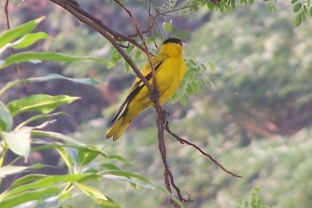The Brown Shrike (Lanius cristatus) is available mainly in Parts of asia. It features a exclusive black pirate like strip through the eyes. It is mostly seen in open environments, where it sits over thorny bushes in search of victim.
Scientific classification
Kingdom: Animalia
Phylum: Chordata
Class: Aves
Order: Passeriformes
Family: Laniidae
Genus: Lanius
Species: L. cristatus
This particular Brown Shrike is especially brown around the upper parts of its body and the tail is actually rounded. The underside of its body is creamy with rufous flanks and tummy. The wings are brown. Females have got scalloping on the underside and the mask is dark brown and not too noticeable like the male.
The Brown Shrike is a migratory bird and they have a high loyalty for their wintering sites, returning to same areas each winter. The time of their migration is very typical, as it marks the start of winter season in India (September – October), and they depart by (March – April), which also marks the departure of winter from India.
The generally reproduce in late May or June and they breed mostly in taiga, where these people build a nwar inside a sapling or a bush, laying 2-5 eggs. They eat insects, especially lepidoptera. Similar to various other shrikes, they impale prey on thorns. At times, they also attack Small chickens and lizards as well.





